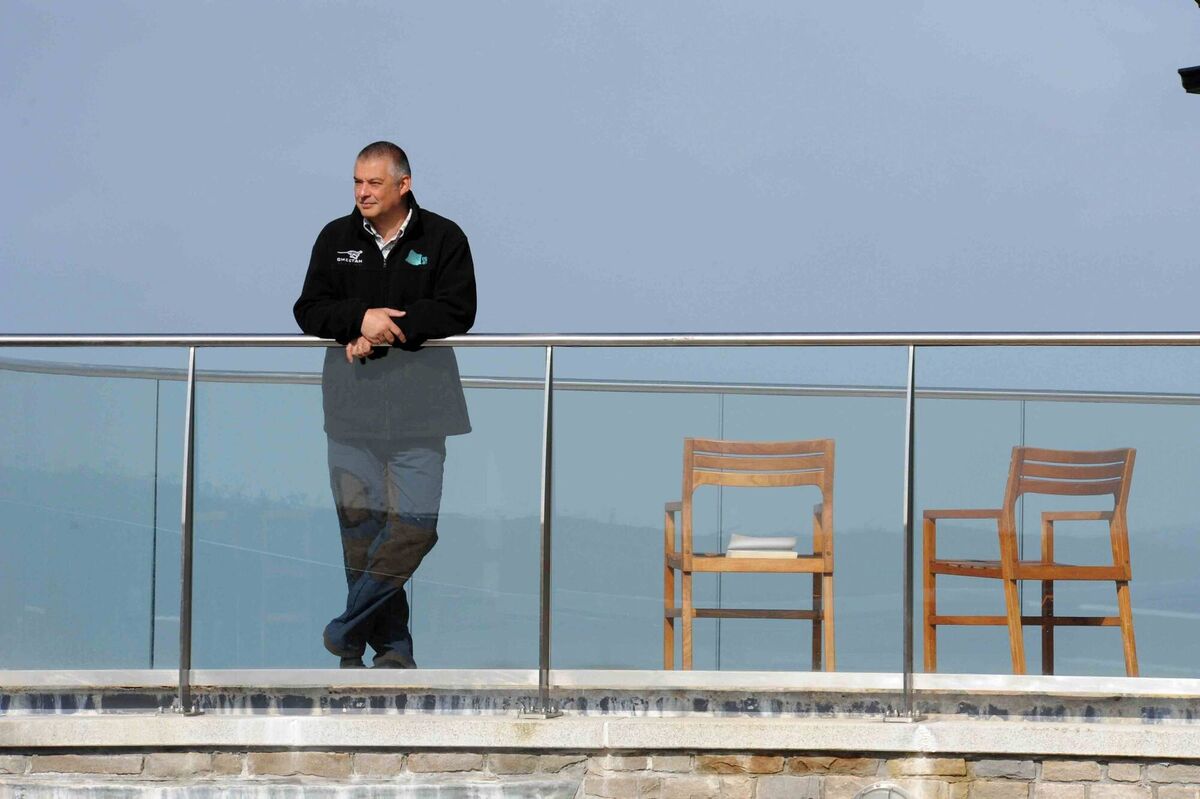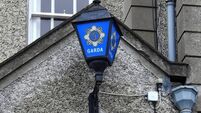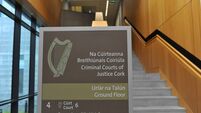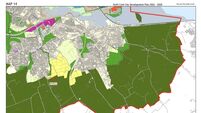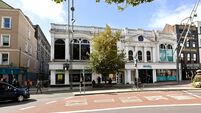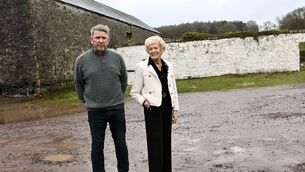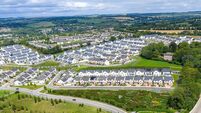West Cork's Whiddy Island Estate up for sale for €4m
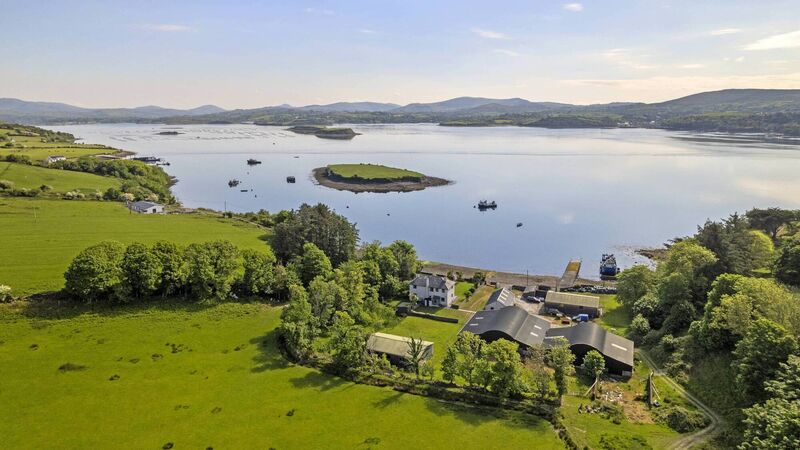
Whiddy Island Estate with 226 acres is a rare market offer, guided at €4m as an entire by Sherry FitzGerald O'Neill/SF Country Estates
A WEST Cork estate on an island both blitzed and blessed by historic events — one that has been assembled by a Belgian family since the 1980s — is for sale for €4m.
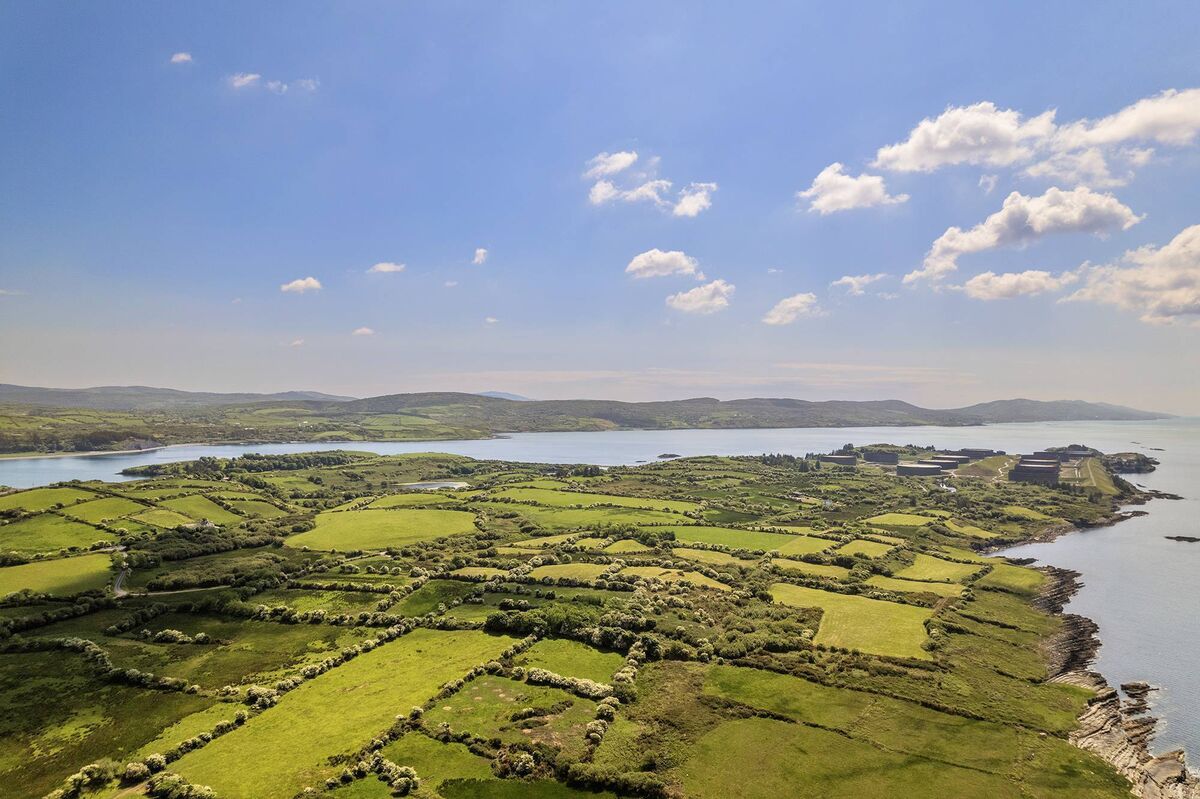
Hitting an international market this month is what’s billed as the Whiddy Island Estate, a quirky mix of farmland and properties totaling 226 acres on the five square mile/5,000-acre Whiddy Island, a 10-minute ferry ride from Bantry.
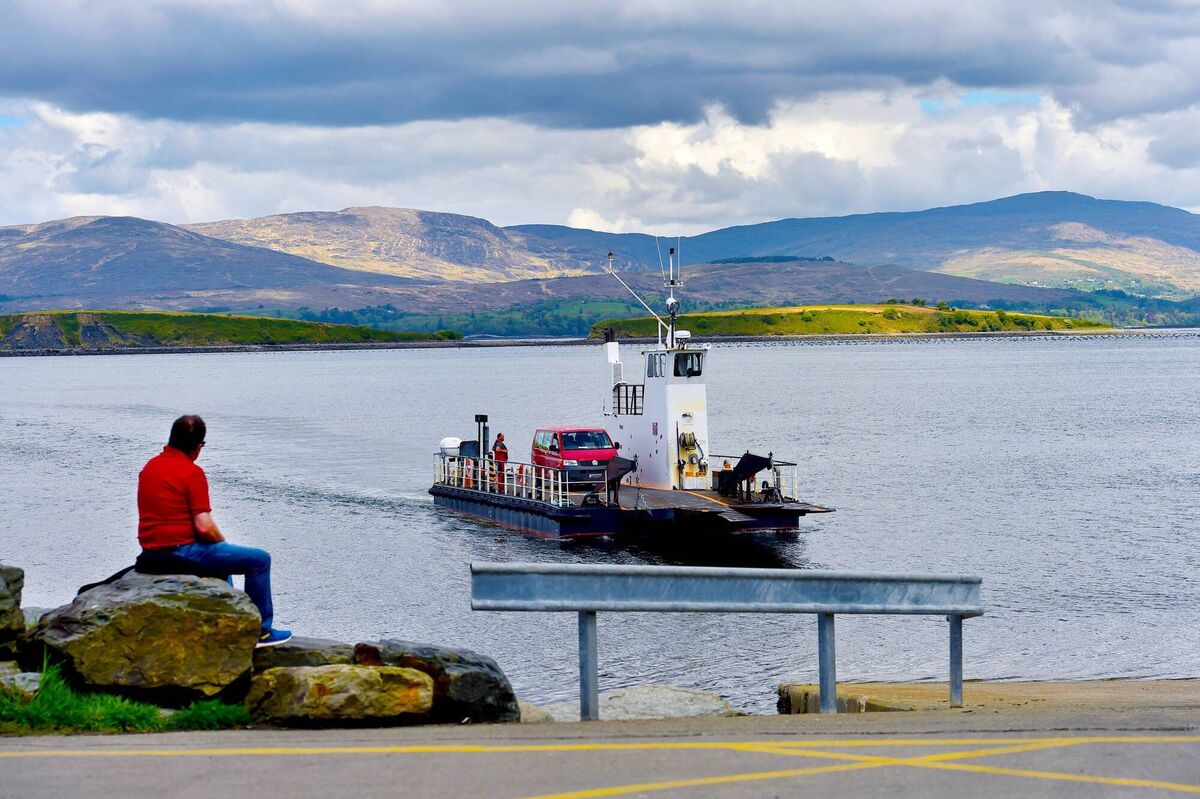
Both a sanctuary and a stronghold over a 1,500-year time span, from monasteries to wars, Whiddy is now best known for its crude oil national reserve terminus — which was developed by Gulf Oil in the late 1960s — and for the 1979 Betelguese oil-tanker explosion that killed 50 people.
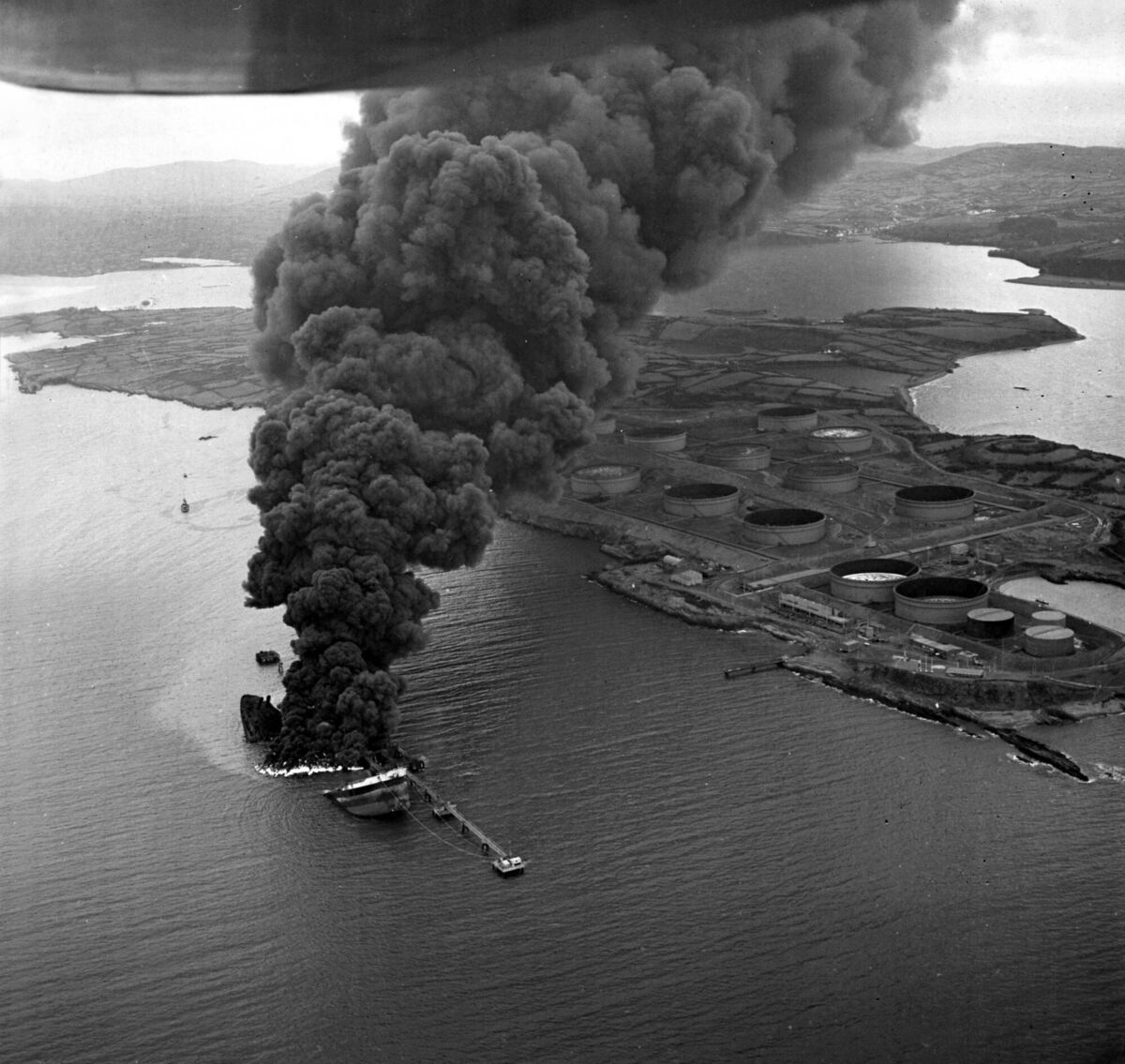
In the aftermath of the Betelguese disaster, and as quieter times returned to Whiddy, a wealthy Belgian individual started to assemble a diverse mix of island holdings, living on the island for considerable periods and with his patient assembly now being sold by his daughters.
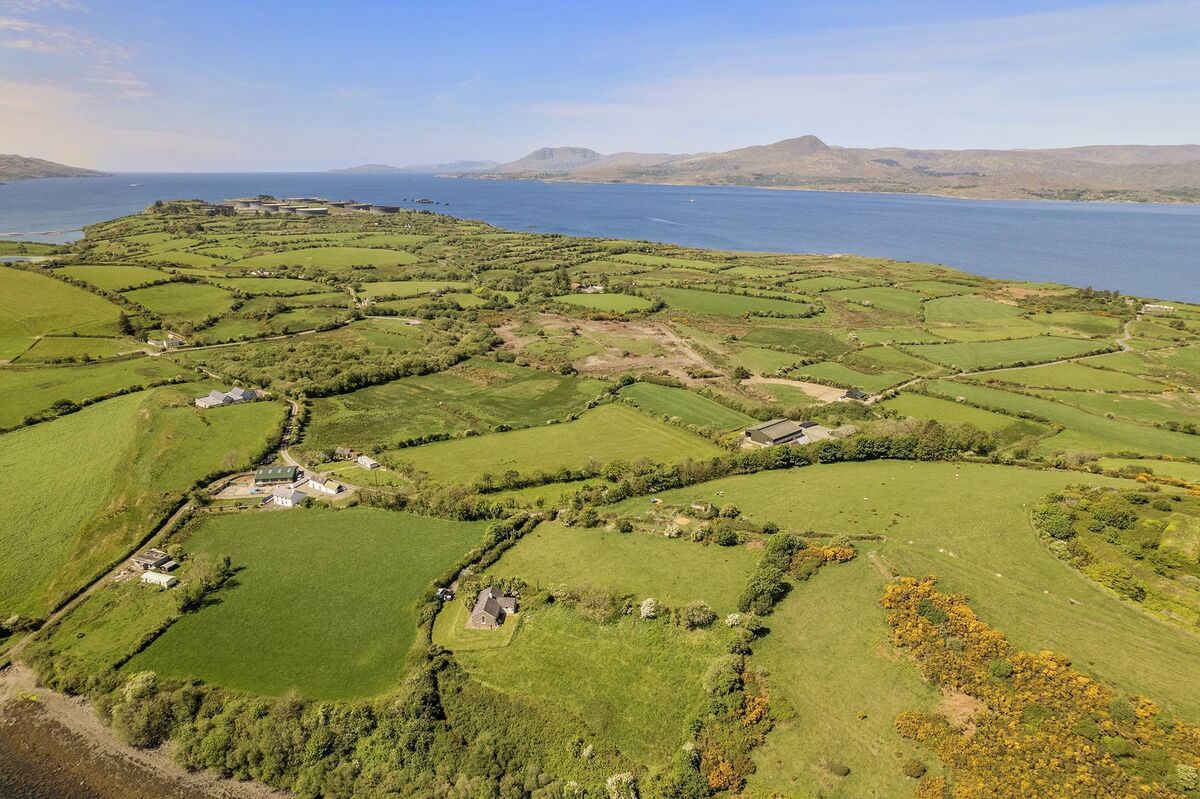
Agents Ray O'Neill of Sherry FitzGerald O’Neill, in Bantry, and Roseanne De Vere Hunt of Sherry FitzGerald Country Homes and Estates are selling the island estate as an entire at €4m, or in lots, and say the unique mix of heritage, houses, land, and buildings could suit as a wellness retreat, tourism/hospitality, private retreat, or mixed farm-and-accommodation venture.
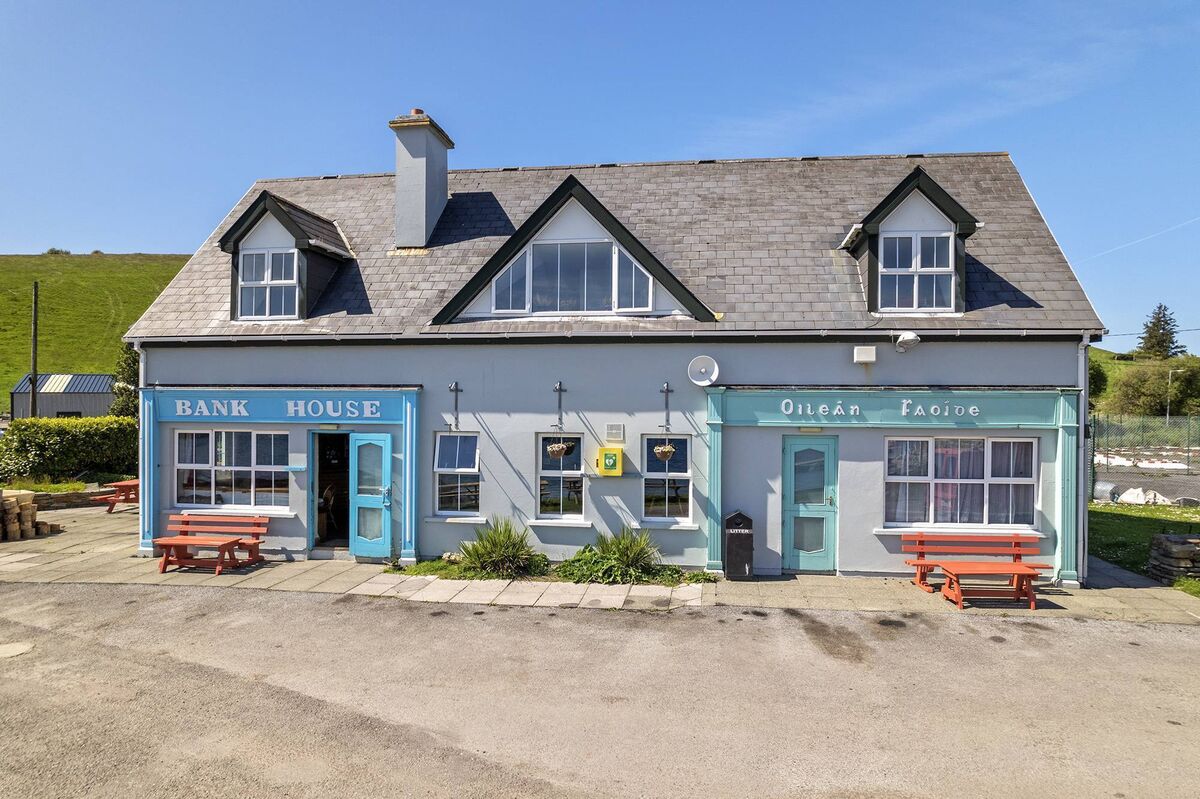
Largely in one block with other, separate sites, it has water frontage to Bantry Bay, facing east to the mainland and towards Bantry airstrip, with a pier/slipway, comes with up to ten houses, including a restaurant/bar (Bank House,) along with archaeological remains, a ruin with planning for converison and a military battery built in 1804 to defend the bay from French forces.
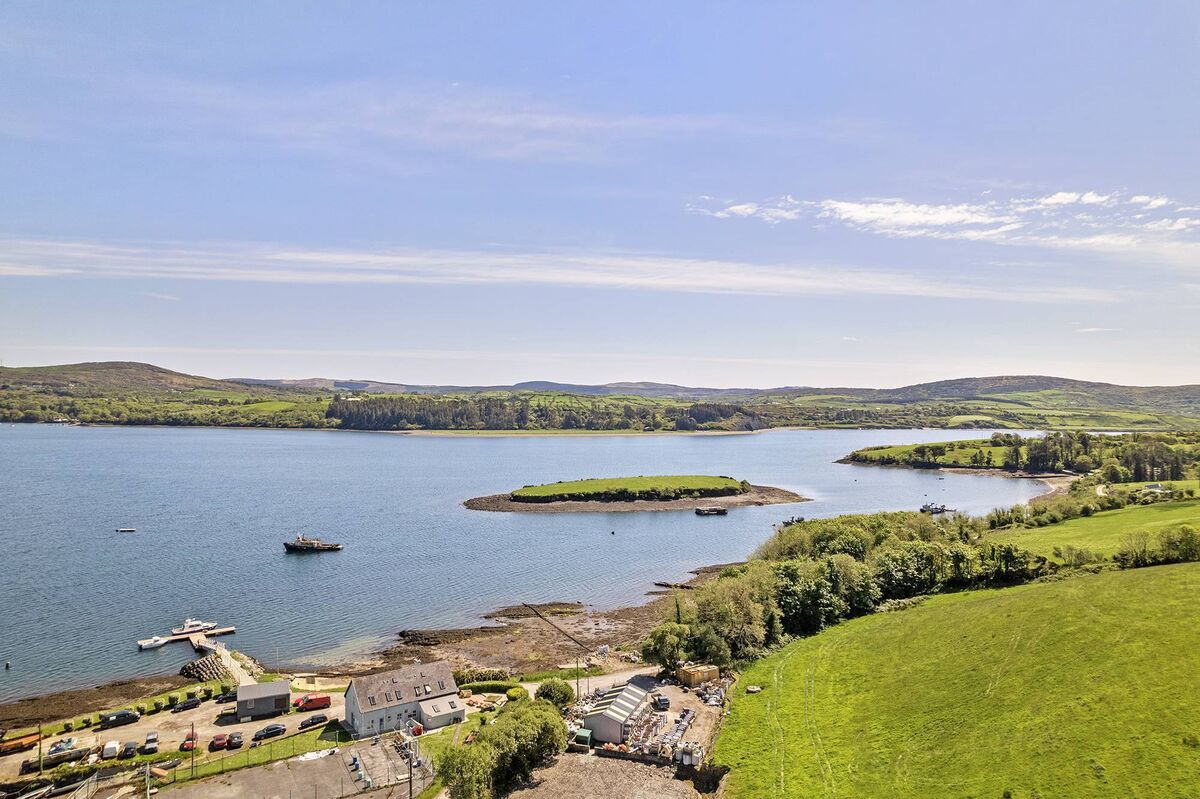
The owner — named locally as Maurice Steenssens — arrived after a mid-20th century/Cold War tide of various nationalities (Swiss, Dutch, Belgian, German, etc) bought land in West Cork, deeming it the safest refuge in the case of any global catastrophe or nuclear attack in mainland Europe.
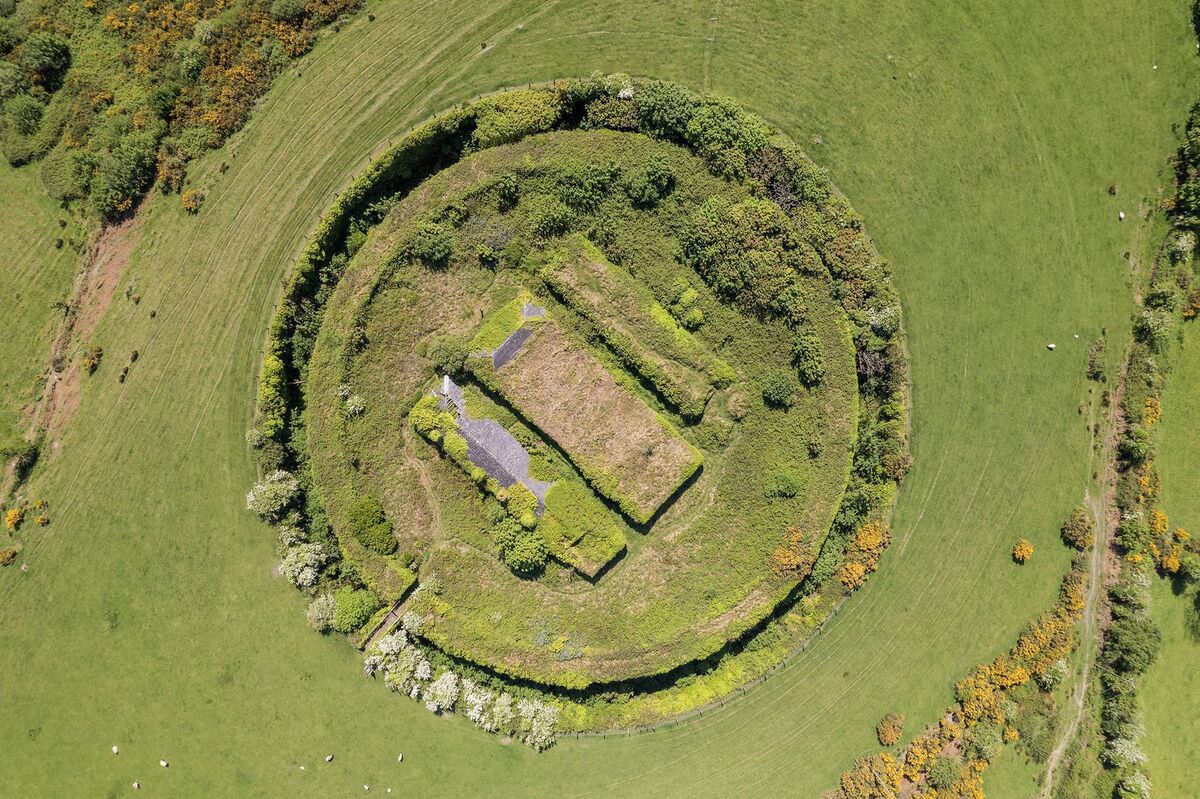
Most of these properties have been rented for a number of years to various parties and tenants, being sold with tenants in situ.
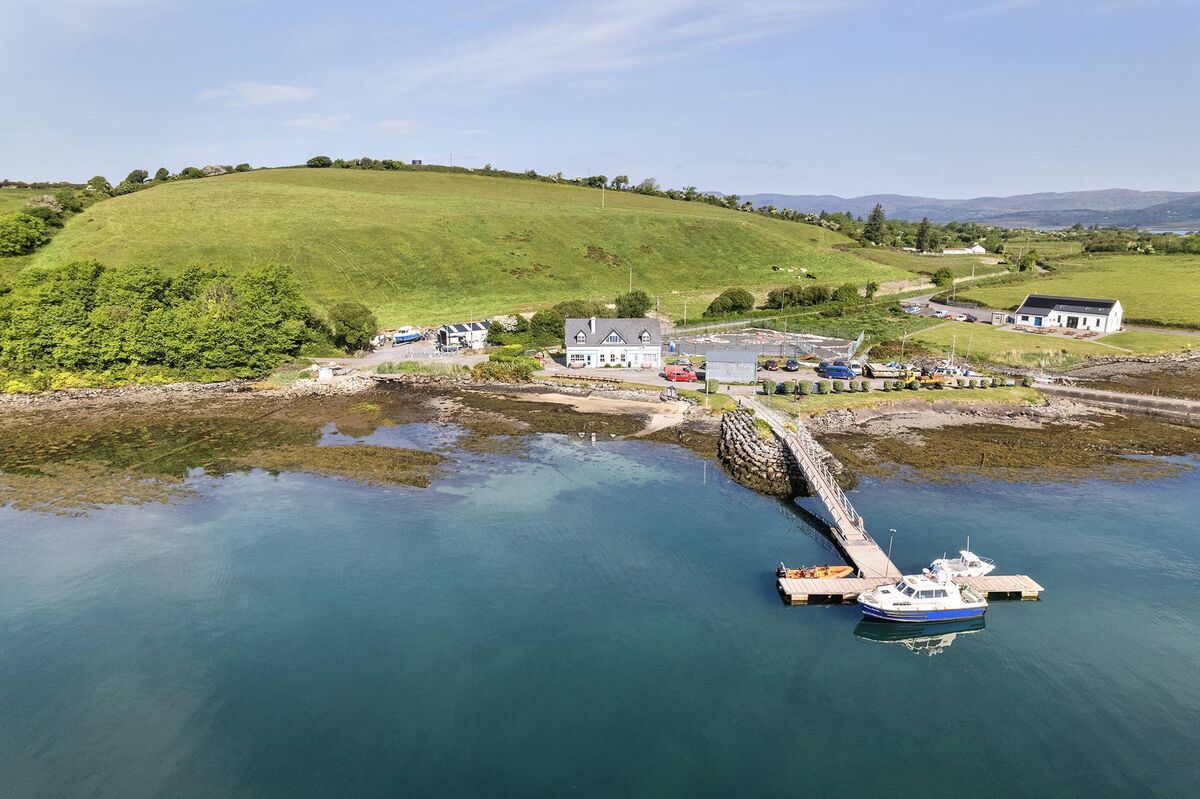
Whiddy island has links to monasteries; to the White family of Bantry House since the 1700s who had a deer farm here; it saw military adventures from Napoleonic times with remnants of defensive batteries; traces exist of the pilchard fishing boom of the mid-1800s, to short-lived use as a US naval base in the First World War; and later as an oil terminus/depot, part of Ireland’s strategic energy reserve/defences.
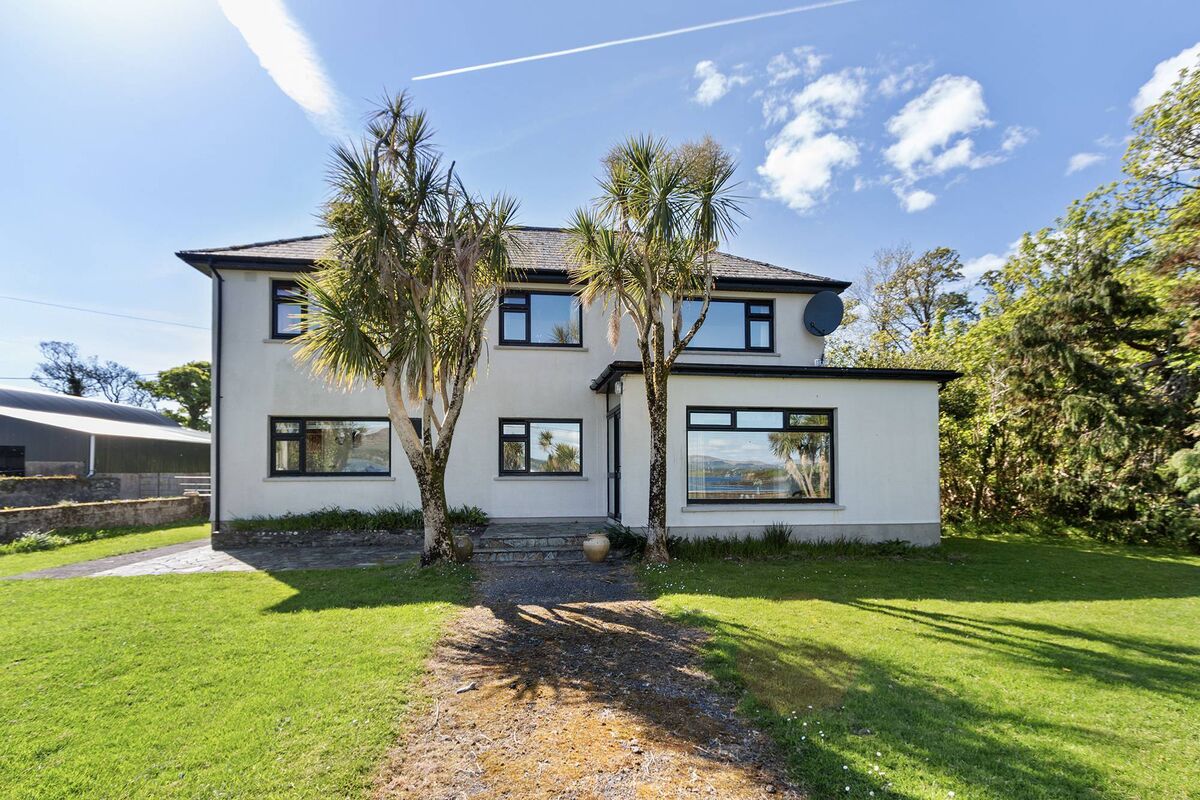
The Whiddy terminus — along with a major one in Amsterdam — was sold by Canadian company Zenith Energy to US oil company Sunoco in 2024 in a deal put at €170m, with a breakdown not disclosed between the two locations.
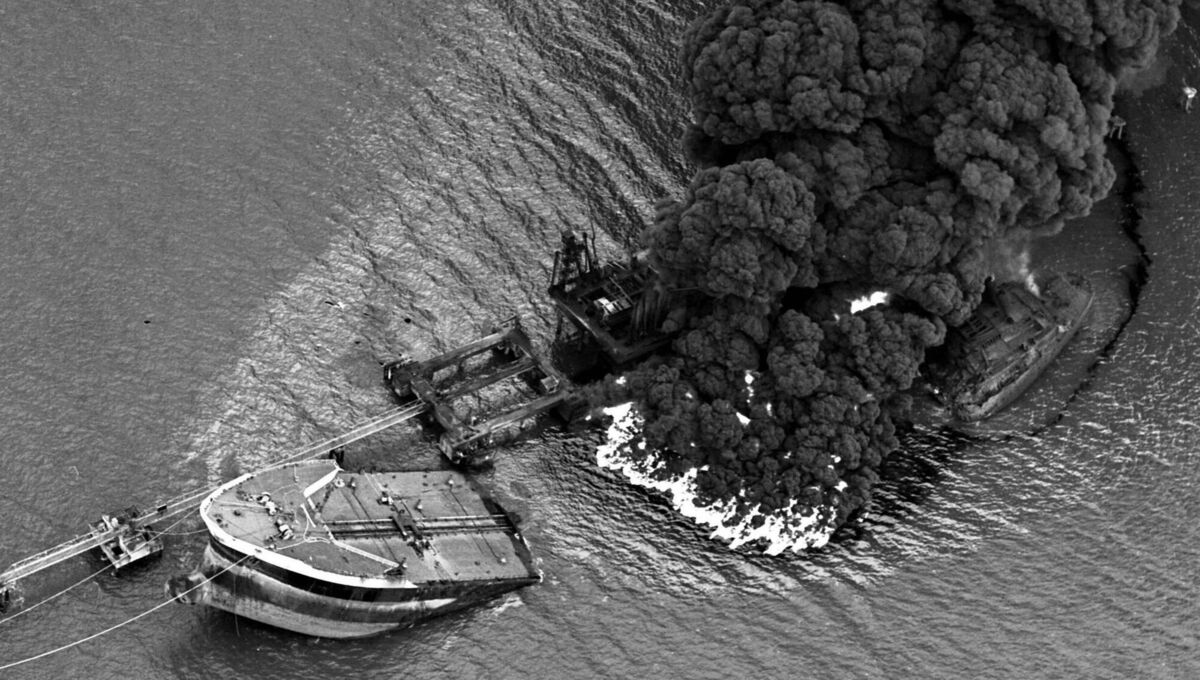
Whiddy Island has about 30 full-time residents, down from several hundred in previous decades and centuries, with tourism and farming among the main sources of income and employment.
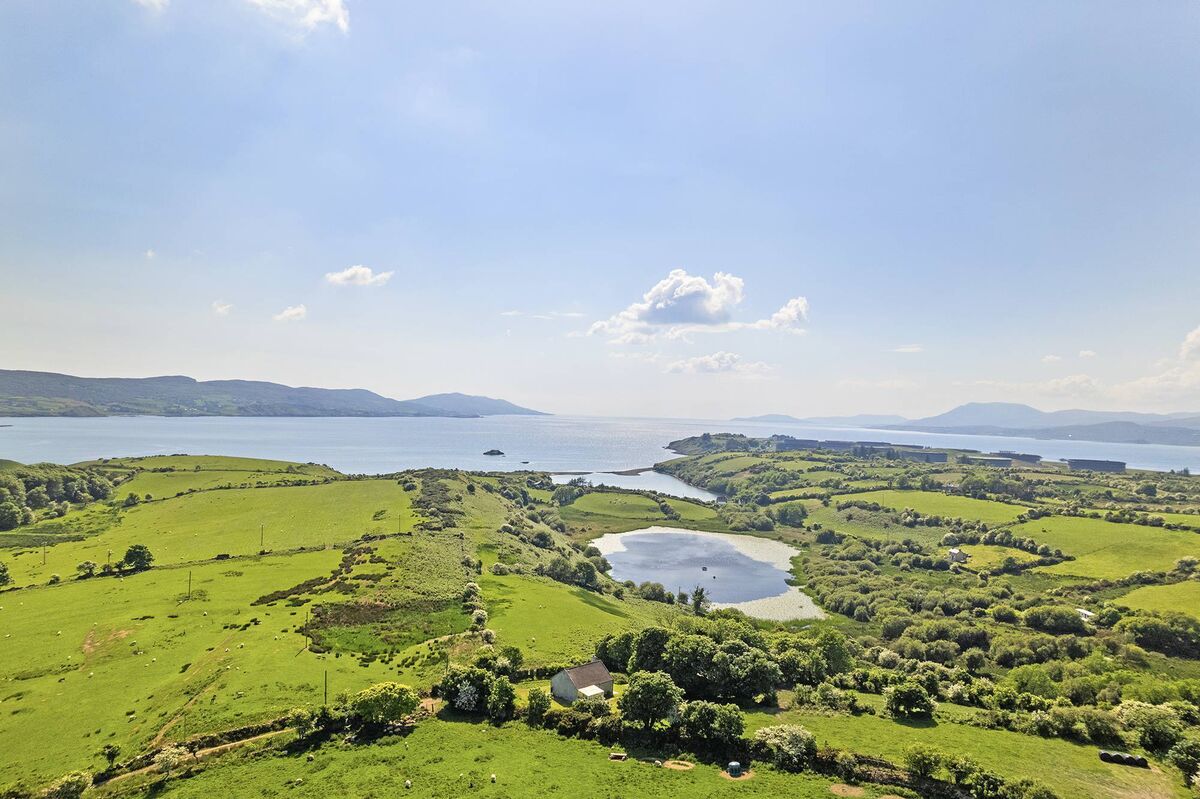
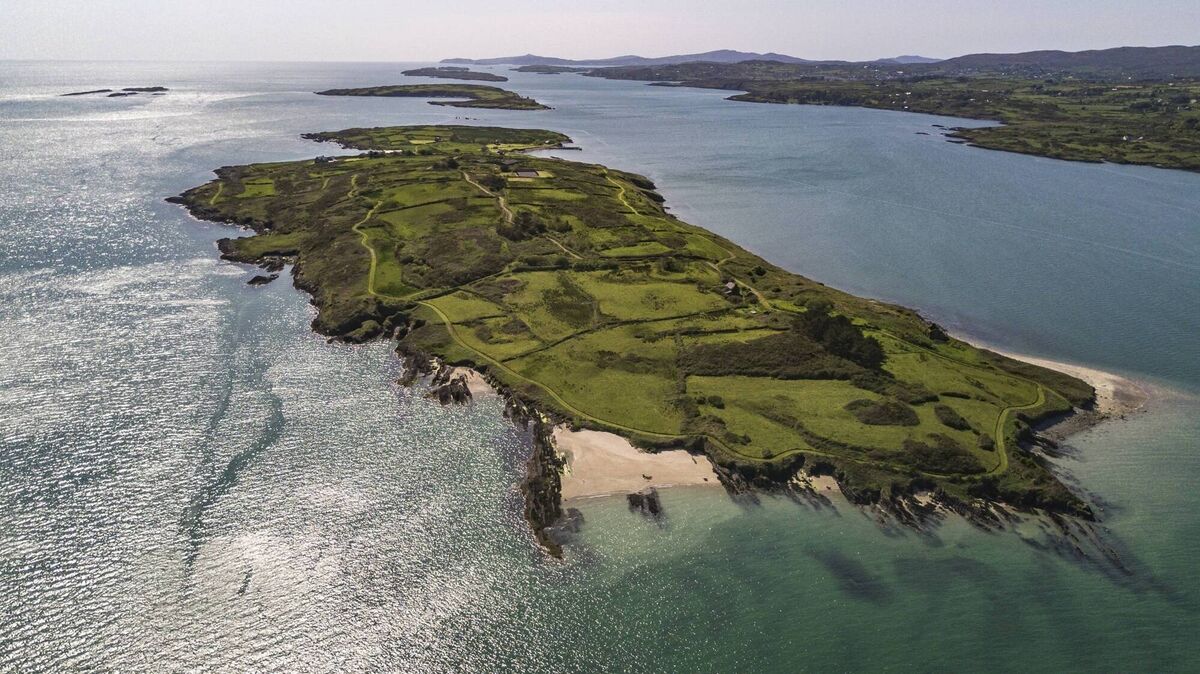
International buyers have put a premium on Irish coastal and island properties: West Cork’s Horse Island, with 167 acres, and seven houses sold for €5.5m in the pandemic to an overseas purchaser, having been owned in the 1980s by German Bullworker body-building inventor Gert Kolbel. Maltese creative thinker Edward De Bono owned the nearby West Skean Island in the 1990s.
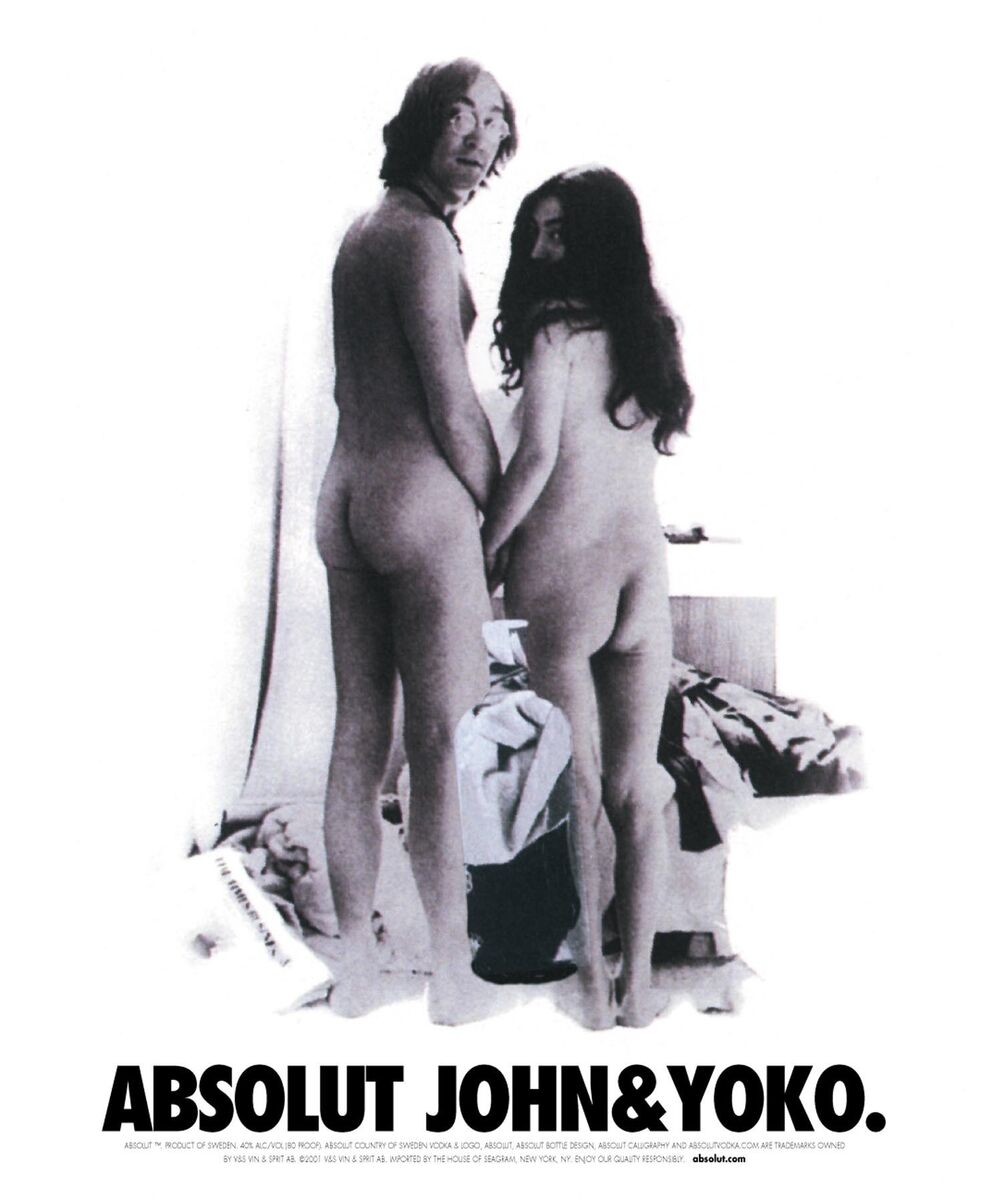
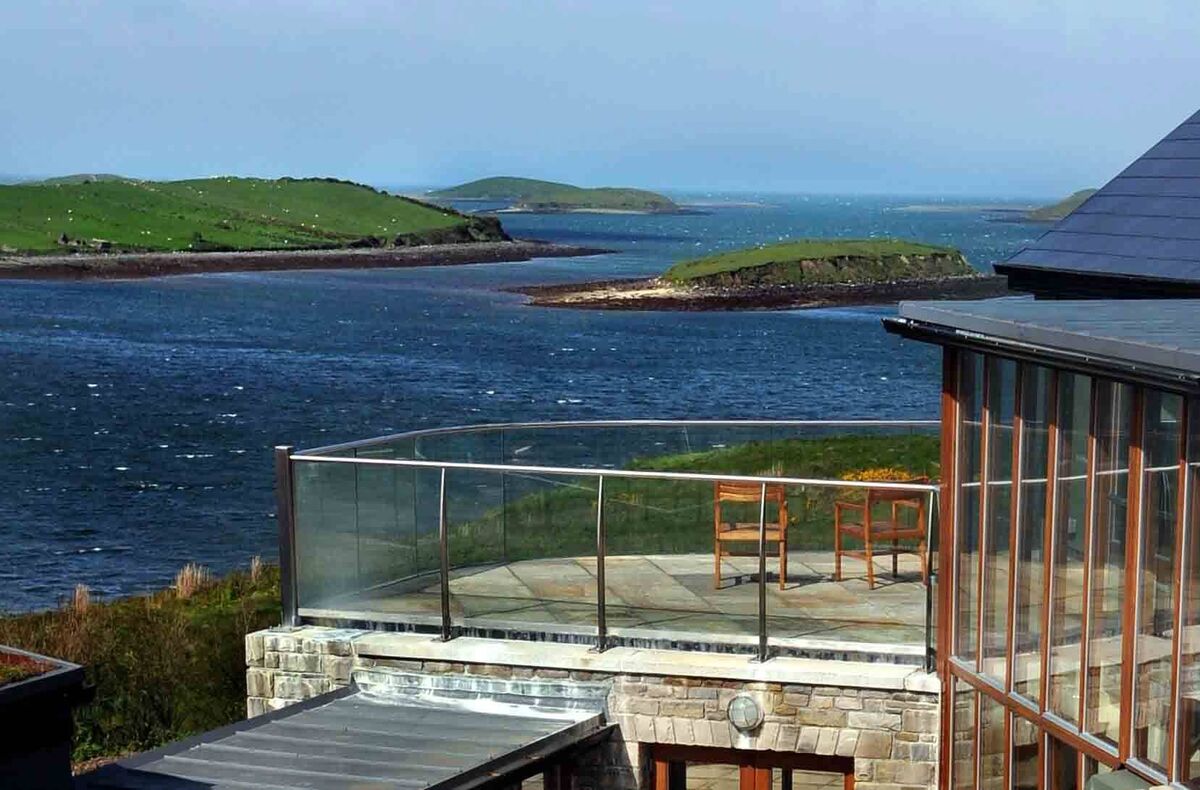
Also in Clew Bay, Inish Turk Beg was developed in the 2000s as a luxury retreat at a cost put at €9m by Egyptian-Irish entrepreneur Nadim Sadek, later selling in the early 2010s for a reported €2.85m.
